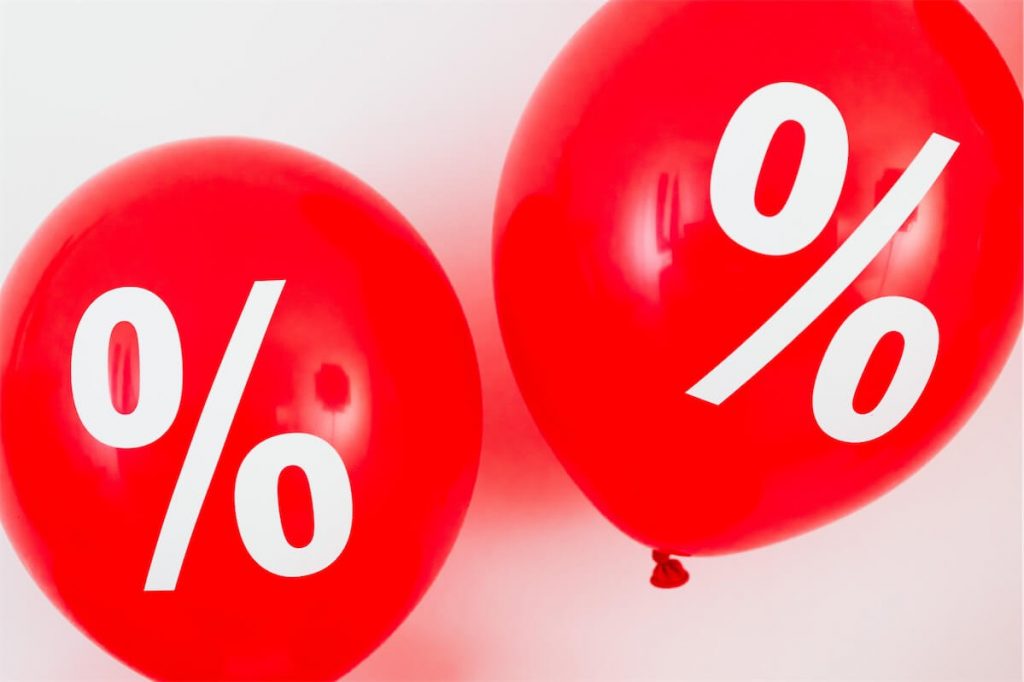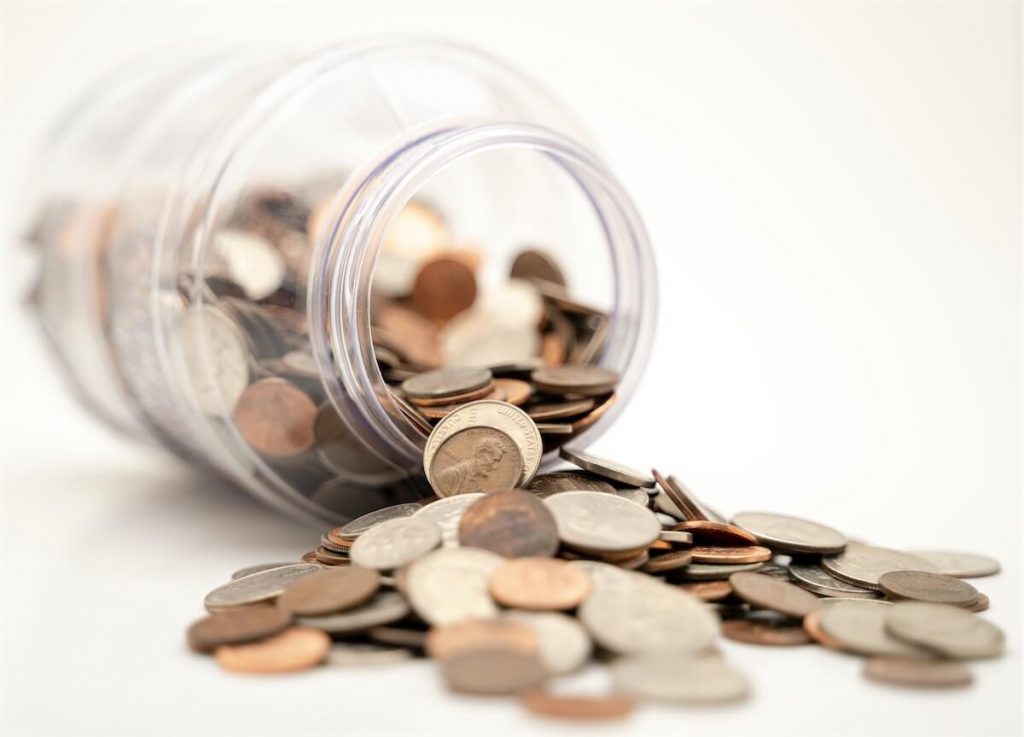While owning a home is one of the most significant milestones of adulting, it also translates into paying off your mortgage with a substantial portion of your finances monthly. But what if you can pay less for your mortgage instalments? Planning to refinance your HDB loan to a bank loan may help you save on your monthly payments.
Before we go into the how, let’s check out why most people take HDB loans in the first place.
Why do people take up HDB loans?
1. Get a higher loan amount
The most notable benefit of taking out an HDB loan is that you can get a higher loan amount than a bank loan. HDB loans allow you to finance up to 90% of the cost of your flat. This is subject to eligibility conditions for HDB housing loans. With a higher loan amount, you get to pay less on the downpayment.
On the other hand, the loan-to-value (LTV) limit for a bank loan is 75%. Not only will the downpayment be higher, but you’ll also need to pay 5% of your downpayment in cash. The remaining downpayment can be paid in both cash and CPF Ordinary Account (OA) savings.
Scenario HDB loan VS Bank loan:
Daniel and Amy, a newly-wed couple, managed to get a 4-room BTO flat at Toa Payoh from the recent HDB BTO February 2021 launch. The value of the flat is $464,000.
If Daniel and Amy were to take out an HDB loan with the maximum LTV of 90%, the downpayment to be paid is $46,400. They’ll need to pay this 10% downpayment with their CPF OA savings.
On the other hand, if they choose to take out a bank loan with the maximum LTV of 75%, they’ll have to set aside $116,000 for the downpayment. This includes 5% to be paid in cash, which is $23,200.
The 25% downpayment can be too high for the couple, especially if they’re just starting out in their career.
And if they don’t have much cash savings, taking an HDB loan may be better.
2. Stable interest rate
Another good thing about taking out an HDB loan is the stable interest rate. The HDB loan is pegged to the CPF OA interest rate plus 0.1%. With the current CPF OA interest rate at 2.5%, the HDB loan interest rate is 2.6%.
This hasn’t changed for the past 2 decades.
Having a home loan with a stable interest rate means that you don’t have to worry about increasing interest rates, leading to increased monthly instalments. Plus, it allows you to manage your finances better.
There are also misconceptions about bank loans, which may lead to people choosing HDB loans instead. Let’s take a look at some of them to help you make a more informed decision.
Misconceptions that people have about bank loans
As a homeowner, it’s essential to differentiate between the myths and facts about bank loans. Doing so can help you decide if you should refinance your home loan to save money.

Misconception 1: The bank will increase the interest rate
Banks can indeed increase the interest rate, especially for home loans pegged to board rates, as individual banks determine them.
However, home loan packages offered by banks have a lower interest rate than HDB loans typically. Whether the loan is pegged to a fixed rate or floating rate, they have been pretty stable throughout the years.
Learn more about the different types of mortgage rates here.
Let’s compare the interest rates of bank loans and HDB loans over the past 10 years. In this example, we’re using the 3-month SIBOR bank loan as it’s one of the most common home loan types.
Let’s also assume that the bank spread is 0.85%, so the bank loan’s total interest rate is the 3-month SIBOR plus 0.85%.
| Year | 3-month SIBOR | Bank loan with 3-month SIBOR | HDB loan |
|---|---|---|---|
| 2010 | 0.69% | 1.54% | 2.6% |
| 2011 | 0.44% | 1.29% | 2.6% |
| 2012 | 0.38% | 1.23% | 2.6% |
| 2013 | 0.38% | 1.23% | 2.6% |
| 2014 | 0.40% | 1.25% | 2.6% |
| 2015 | 0.58% | 1.43% | 2.6% |
| 2016 | 1.19% | 2.04% | 2.6% |
| 2017 | 0.97% | 1.82% | 2.6% |
| 2018 | 1.50% | 2.35% | 2.6% |
| 2019 | 1.89% | 2.74% | 2.6% |
| 2020 | 1.77% | 2.62% | 2.6% |
Monitor the latest bank loan rates here.
As you can see from the table above, the bank loan interest rate has been pretty stable over the years. And if you’ve been following the rates closely, you’ll find that interest rates have been decreasing over the past year due to the pandemic.
In fact, the 3-month SIBOR has been hovering around 0.4% for the past 6 months. So it may be the best time to refinance your HDB loan to enjoy lower monthly instalments.
Scenario:
Let’s say Daniel and Amy decide to refinance to a bank loan with an interest rate of 1.4% for 20 years.
If they’re taking a loan of $300,000, their monthly instalments will be $1,433.88. This equates to a savings of $170.48 every month, which translates to quite a considerable sum in the long run.
| Loan type | Loan tenure | Interest rate | Monthly instalment |
|---|---|---|---|
| HDB loan | 20 years | 2.6% | $1,604.36 |
| Bank loan | 20 years | 1.4% | $1,433.88 |
Misconception 2: If you take a bank loan, you can’t pay your monthly instalments with CPF
This is another thing that people get wrong about the monthly instalments for bank loans. Whether you’re taking an HDB loan or bank loan, you can pay the monthly instalments with cash and the funds in your CPF OA.
With a bank loan, you can choose how much of your CPF funds will be used for the downpayment.
This also ensures that you’ll still have some savings in your CPF to earn interest for your retirement. For the first $20,000 in your OA, you can earn 3.5% interest. The remaining balance in your OA can earn you 2.5% interest.
On the other hand, if you’re taking out an HDB loan, the full 10% downpayment must be paid with CPF. HDB will utilise the entire balance in the OA, allowing a balance of $20,000 to be kept.
Do note that if you decide to sell your home one day, you’ll need to return the CPF funds plus the accrued interest back to your CPF account.
Misconception 3: There’s too much work needed to refinance your HDB loan with a bank loan
One of the reasons why people choose not to refinance is the refinancing cost and effort required. The truth is that it’s essential to go to different banks to compare their rates and get a suitable home loan.
Whether you’re planning to take out a bank loan for your new home, or thinking of refinancing your HDB loan, it doesn’t have to take up much of your time. The application can be made online in minutes. Some banks may even provide legal and valuation subsidies that can reduce the cost of refinancing from HDB loan to bank loan.
And if you don’t want the hassle of going to different banks to find the best home loan rate, you can consider engaging a mortgage broker.
Find out how a mortgage broker can help here.
However, do note that once you’ve refinanced to a bank loan, you won’t be able to switch back to HDB loan in future.

Should you refinance to a bank loan?
Ultimately, you should only refinance if you can get a lower interest rate, and that the cost savings can cover the switching costs.
Depending on the loan quantum, banks do provide subsidies or rebates for the legal and valuation fees needed for the refinancing. So, the total refinancing cost can be lower than the cost savings from the reduced interest rate.
Plus, the good thing about HDB loans is that they don’t come with early repayment penalties, so you can refinance it anytime.

Not sure where to start? Consider engaging a loan broker. At FinanceGuru, we partner with various banks and compare their loan packages to help you find the right one. Learn more about how you can optimise your home loan, and uncover potential ways to save you money and time. Get a non-obligatory assessment and loan product recommendations today.







